Television has given us some unforgettable characters who’ve made science both accessible and entertaining. From brilliant chemists cooking up trouble to physicists unraveling the mysteries of the universe, these fictional scientists have shaped how we view the world of research and discovery. Some have inspired real careers in STEM fields, while others have simply made us laugh until our sides hurt. These characters prove that science doesn’t have to be boring – it can be thrilling, hilarious, and absolutely captivating.
Walter White: The Chemistry Teacher Who Broke Bad
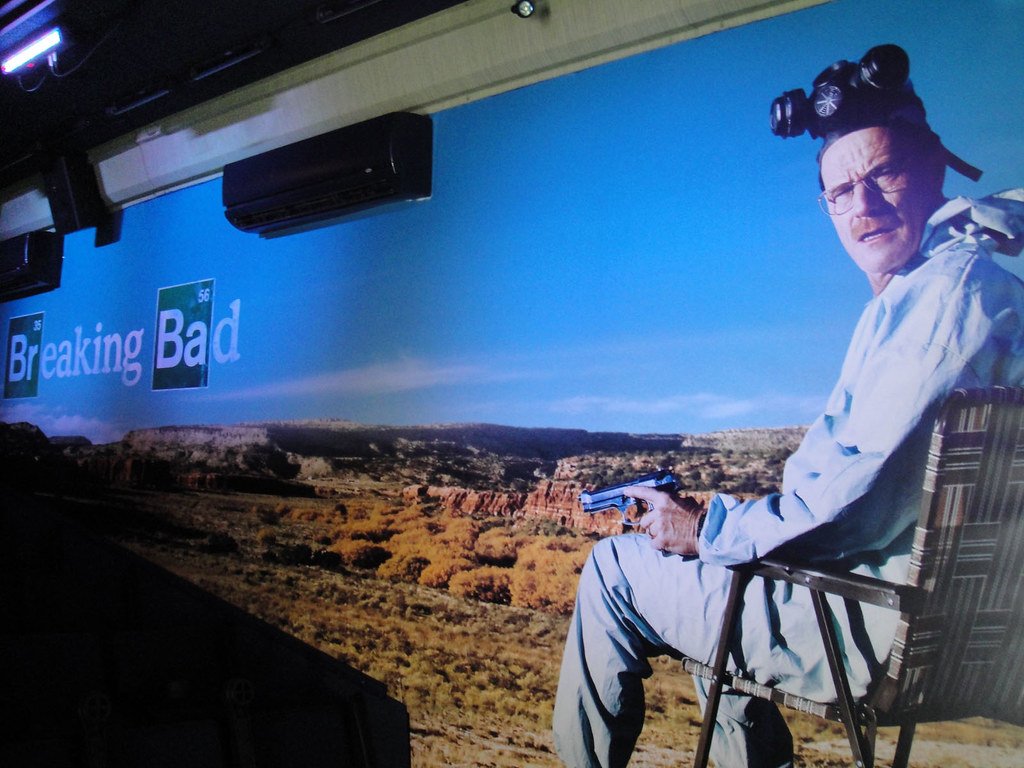
Walter White transformed from a mild-mannered high school chemistry teacher into one of television’s most complex antiheroes. His deep understanding of chemical processes became the foundation for his descent into the criminal underworld. The show’s creators worked closely with chemistry consultants to ensure that Walter’s methods were scientifically accurate, making his transformation even more believable. His famous line “I am the one who knocks” became iconic partly because viewers could see the scientific precision behind his calculated moves. Walter proved that knowledge of chemistry could be both a blessing and a curse, depending on how it’s applied.
Sheldon Cooper: The Theoretical Physicist with Zero Social Skills
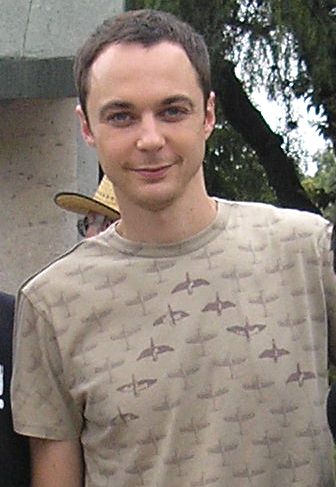
Dr. Sheldon Cooper from “The Big Bang Theory” brought theoretical physics into living rooms across America with his quirky personality and brilliant mind. His work on string theory and his obsession with scientific accuracy made him both endearing and frustrating to viewers. Sheldon’s character helped popularize complex scientific concepts like quantum mechanics and cosmology through his everyday conversations. His rigid adherence to scientific method in all aspects of life created countless comedic moments. The character showed that being incredibly smart doesn’t necessarily make you emotionally intelligent, resonating with many real scientists who recognized themselves in his social struggles.
Dana Scully: The Medical Doctor Who Wanted to Believe
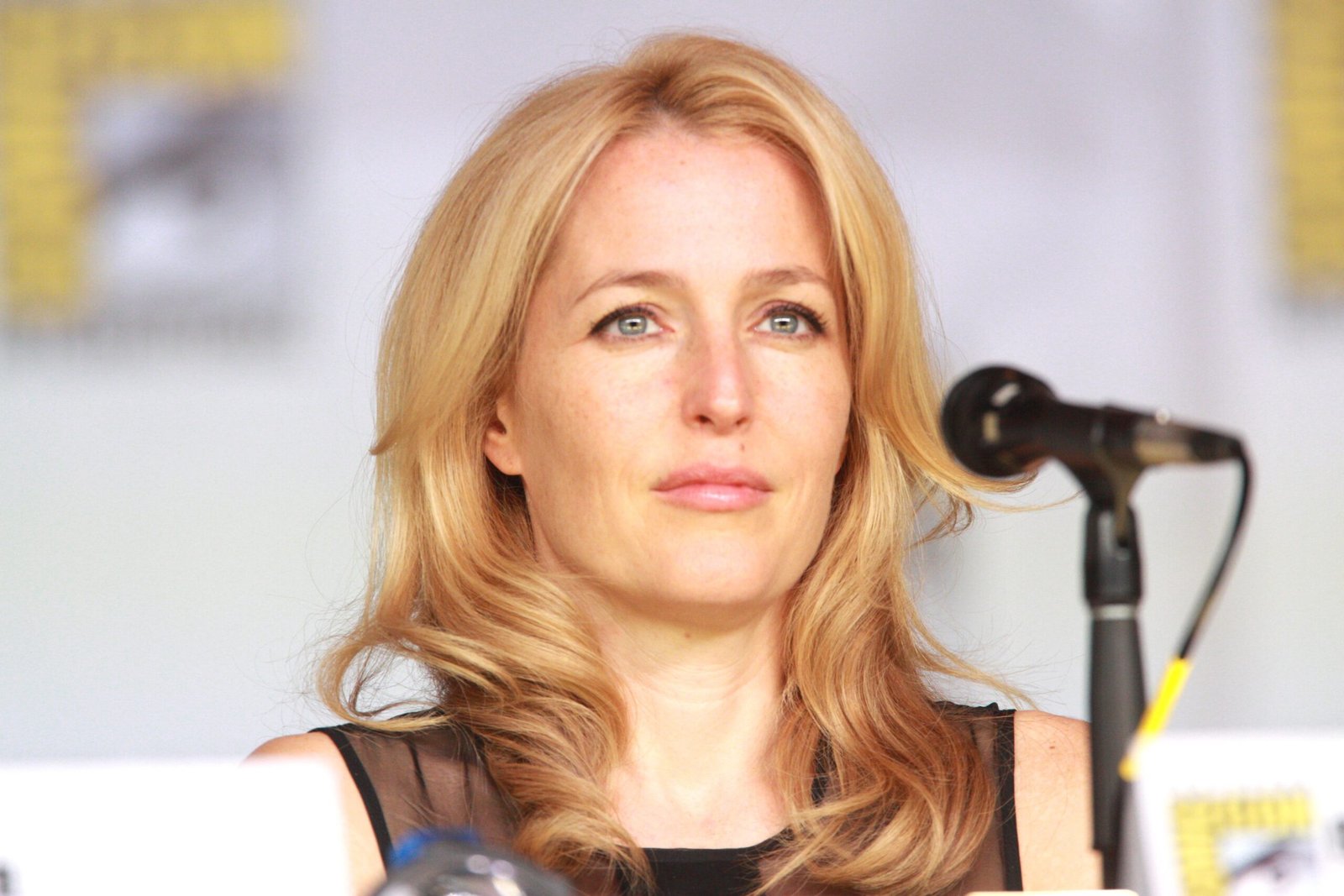
FBI Special Agent Dana Scully brought medical expertise and scientific skepticism to “The X-Files,” serving as the perfect counterbalance to Mulder’s wild theories. As a forensic pathologist and medical doctor, she approached every case with rigorous scientific methodology. Her character broke stereotypes by showing a woman scientist who was both brilliant and brave, often putting herself in danger to uncover the truth. Scully’s insistence on evidence-based reasoning helped audiences understand the importance of the scientific method. Her journey from skeptic to believer while maintaining her scientific integrity made her one of television’s most compelling characters.
Leonard Hofstadter: The Experimental Physicist Next Door
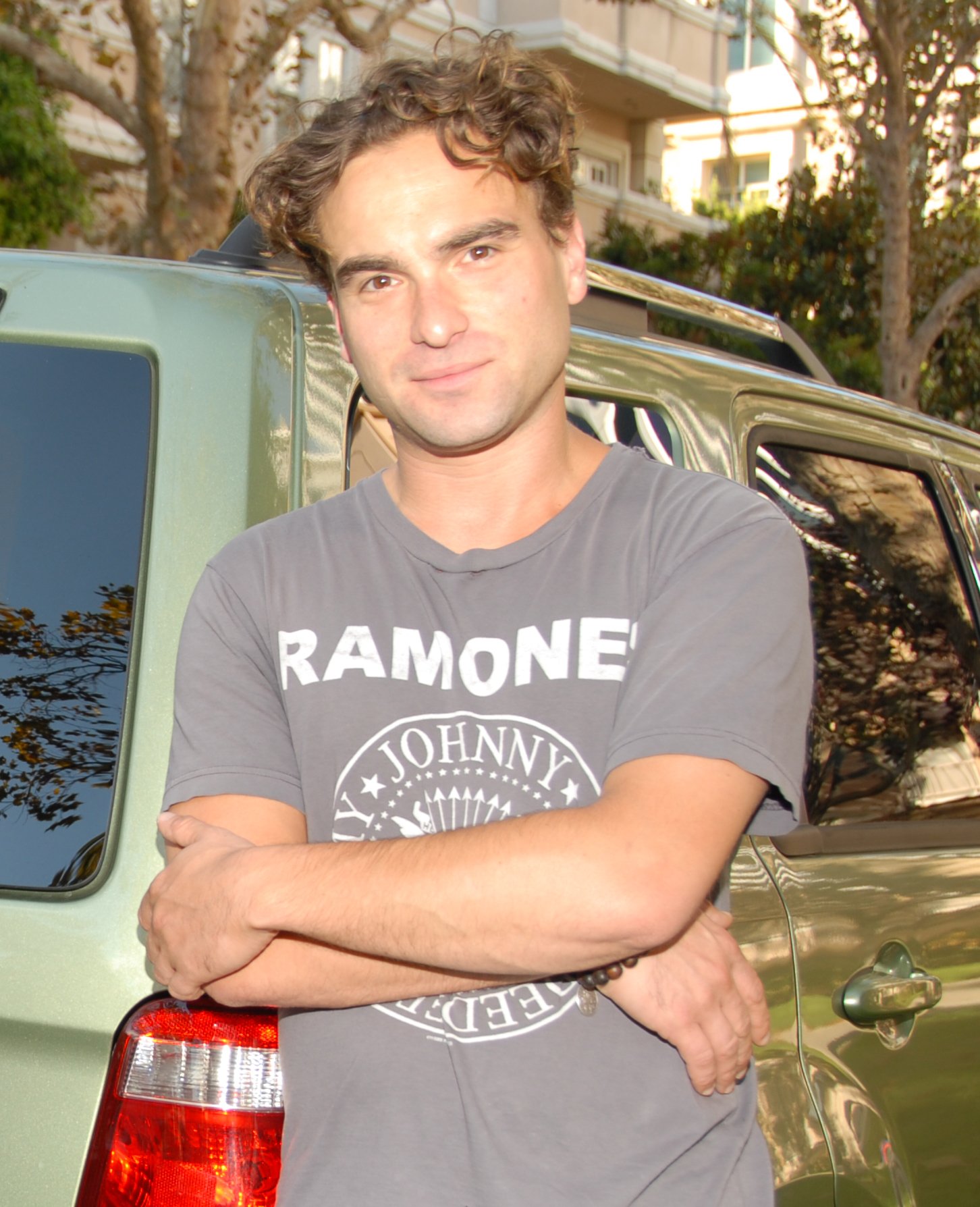
Leonard Hofstadter represented the more grounded scientist on “The Big Bang Theory,” working in experimental physics while trying to navigate normal social relationships. His research in particle physics and laser technology provided a contrast to Sheldon’s purely theoretical work. Leonard’s character showed that scientists could be both intellectually gifted and emotionally available. His struggles with dating and friendships made him relatable to viewers who might find other TV scientists too eccentric. The character demonstrated that being a physicist doesn’t mean you can’t also be the guy next door.
Temperance “Bones” Brennan: The Forensic Anthropologist with a Heart
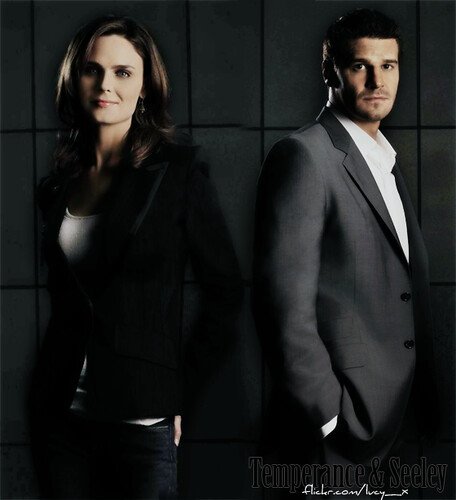
Dr. Temperance Brennan from “Bones” showcased the fascinating world of forensic anthropology while solving crimes with scientific precision. Her ability to read bones like books and reconstruct entire life stories from skeletal remains captivated audiences for twelve seasons. Brennan’s character highlighted how anthropology and archaeology could be used in modern criminal investigations. Her evolution from a socially awkward scientist to someone who learned to connect with others emotionally resonated with many viewers. The show’s attention to actual forensic techniques helped educate audiences about the real science behind criminal investigations.
Howard Wolowitz: The Aerospace Engineer Who Went to Space
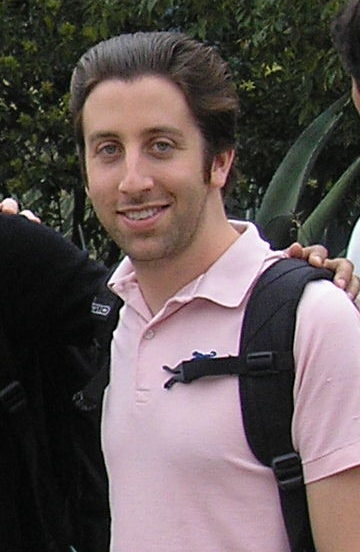
Howard Wolowitz proved that you don’t need a PhD to be a brilliant scientist, working as an aerospace engineer at Caltech and eventually becoming an astronaut. His engineering expertise in robotics and space technology provided practical applications for the theoretical work of his friends. Howard’s character arc from creepy bachelor to devoted husband and father showed personal growth while maintaining his scientific passion. His actual space mission storyline demonstrated how engineering can lead to extraordinary adventures. The character highlighted the importance of applied sciences and engineering in making theoretical discoveries useful in the real world.
Spencer Reid: The Genius Profiler with an Eidetic Memory
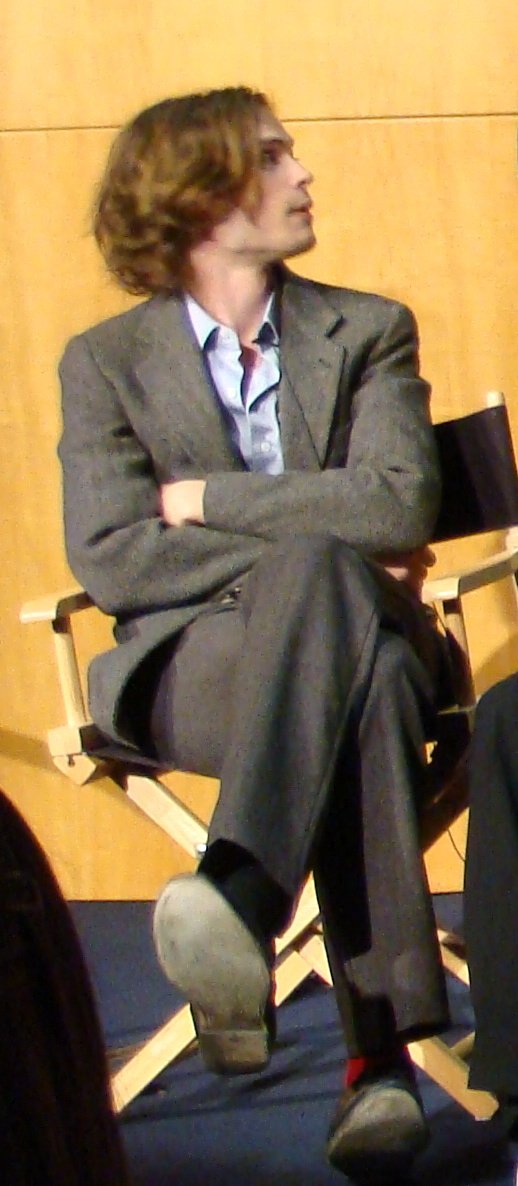
Dr. Spencer Reid from “Criminal Minds” combined psychology, mathematics, and various other sciences to create psychological profiles of criminals. His eidetic memory and ability to read 20,000 words per minute made him an invaluable asset to the FBI’s Behavioral Analysis Unit. Reid’s character showed how different scientific disciplines could work together to solve complex problems. His struggles with addiction and social anxiety made him more human despite his incredible intellectual abilities. The character demonstrated that intelligence comes in many forms and that emotional intelligence is just as important as academic knowledge.
Abby Sciuto: The Goth Forensic Scientist Who Rocked the Lab
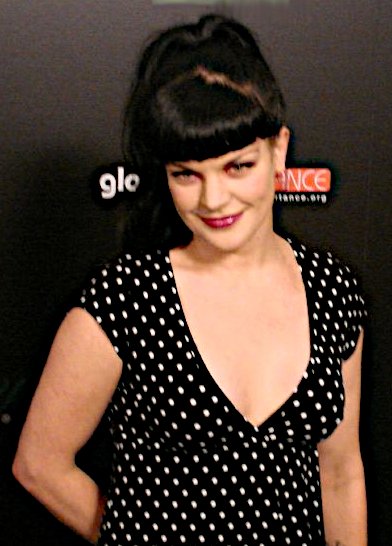
Abby Sciuto from “NCIS” shattered stereotypes about what a forensic scientist should look like with her gothic style and energetic personality. Her expertise in ballistics, fingerprints, and DNA analysis helped solve countless naval crimes while maintaining an upbeat attitude. Abby’s character showed that scientists could be both highly professional and completely individual in their personal expression. Her love for her work was infectious, often dancing to music while processing evidence. The character proved that passion for science could coexist with a fun-loving personality, inspiring many young viewers to consider forensic careers.
Raj Koothrappali: The Astrophysicist Who Couldn’t Talk to Women
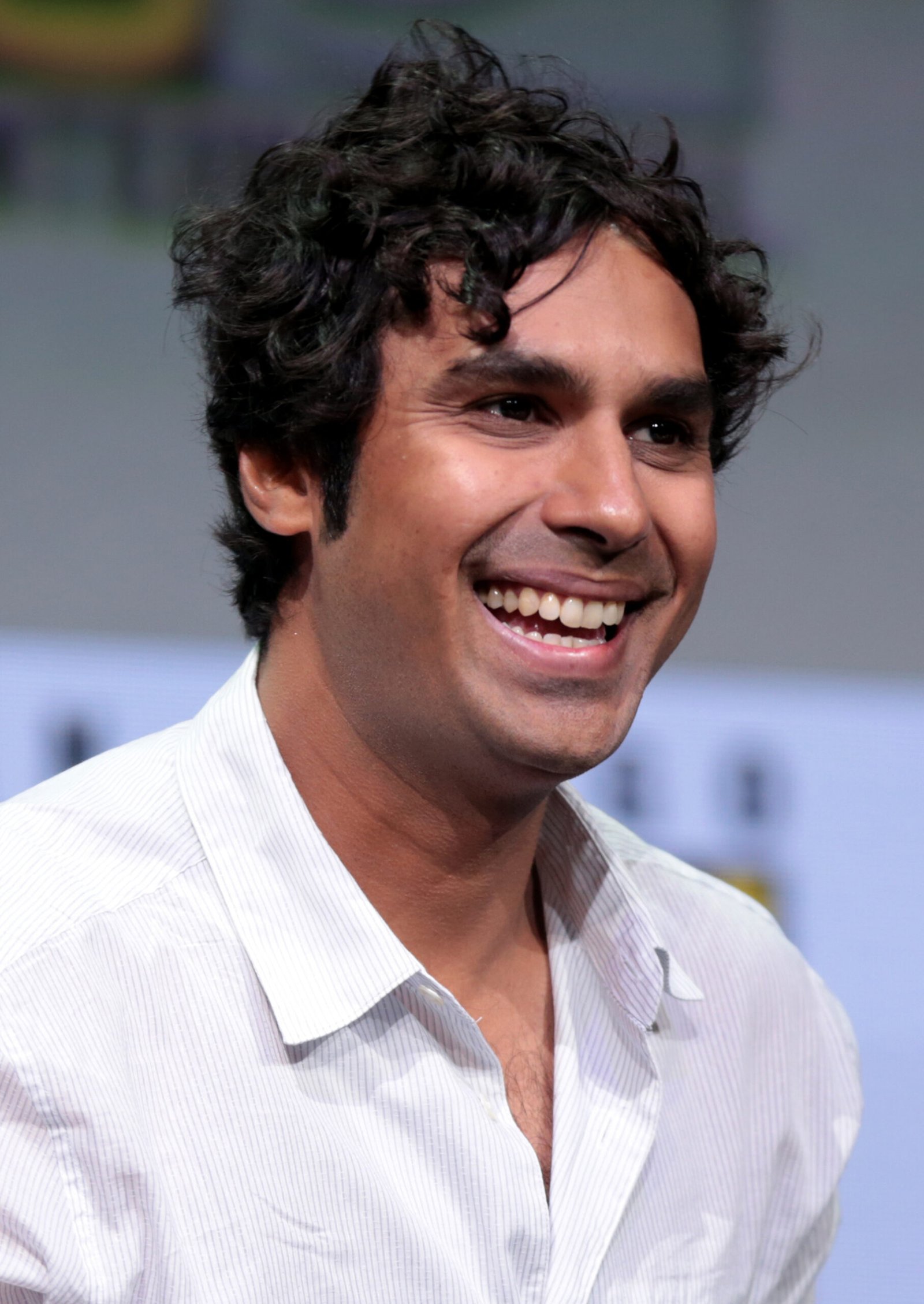
Rajesh Koothrappali brought astrophysics and astronomy to “The Big Bang Theory” while dealing with selective mutism around women. His work studying distant galaxies and planetary motion provided fascinating insights into space science. Raj’s character explored cultural differences in the scientific community while highlighting the universal language of discovery. His romantic struggles and friendship dynamics showed that even brilliant scientists face everyday challenges. The character helped viewers understand that science is a global endeavor involving people from all backgrounds and cultures.
Ducky Mallard: The Medical Examiner Who Told Stories
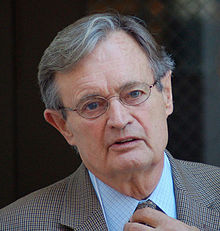
Dr. Donald “Ducky” Mallard from “NCIS” combined medical expertise with historical knowledge, often telling lengthy stories while performing autopsies. His background in forensic pathology and psychology made him both a scientist and a storyteller. Ducky’s character showed how scientific investigation could reveal not just how someone died, but how they lived. His mentorship of younger scientists demonstrated the importance of passing knowledge between generations. The character proved that experience and wisdom were just as valuable as technical skills in scientific work.
Amy Farrah Fowler: The Neurobiologist Who Found Love

Dr. Amy Farrah Fowler joined “The Big Bang Theory” as a neurobiologist studying addiction in primates, bringing a fresh perspective to the group’s dynamic. Her scientific work complemented Sheldon’s theoretical physics, creating opportunities for collaborative research. Amy’s character showed how two scientists could build both a professional and personal relationship based on mutual respect for each other’s work. Her journey from social outcast to valued friend and partner resonated with viewers who felt like outsiders. The character demonstrated that scientific passion could be a foundation for deep, meaningful relationships.
Gil Grissom: The Entomologist Who Solved Crimes
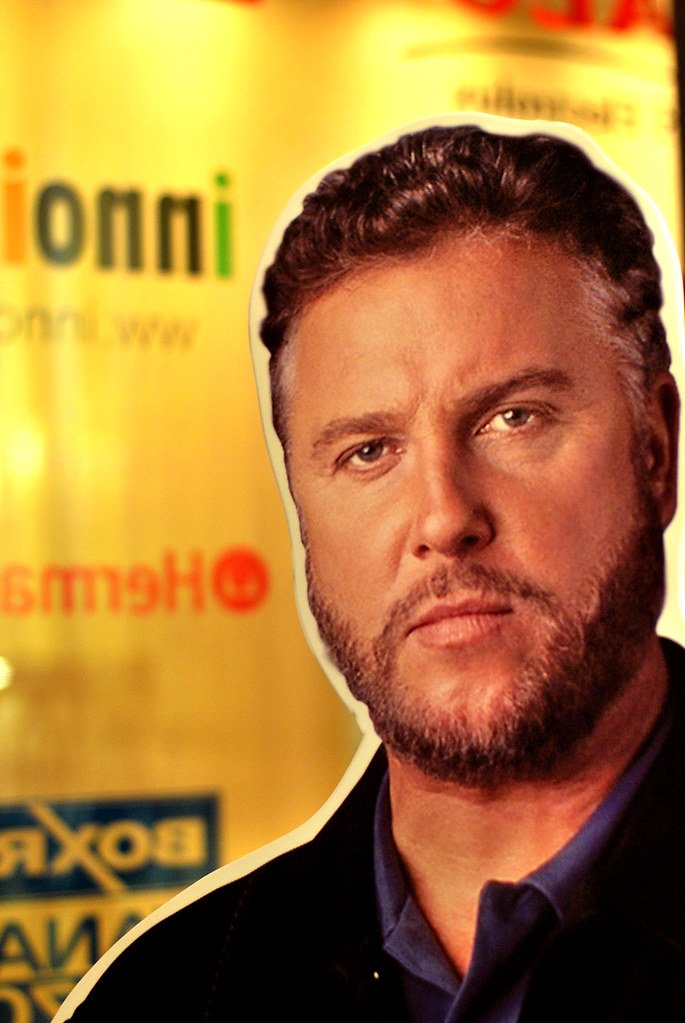
Gil Grissom from “CSI: Crime Scene Investigation” used his expertise in entomology to solve murders, showing how even the smallest insects could provide crucial evidence. His fascination with bugs and scientific methodology made forensic science accessible to mainstream audiences. Grissom’s character emphasized the importance of following evidence wherever it leads, regardless of personal feelings or preconceptions. His quiet intensity and dedication to truth made him a compelling leader for the CSI team. The character helped launch an entire genre of forensic science shows, inspiring countless students to pursue careers in criminology and forensic science.
Bernadette Rostenkowski-Wolowitz: The Microbiologist with a Big Voice
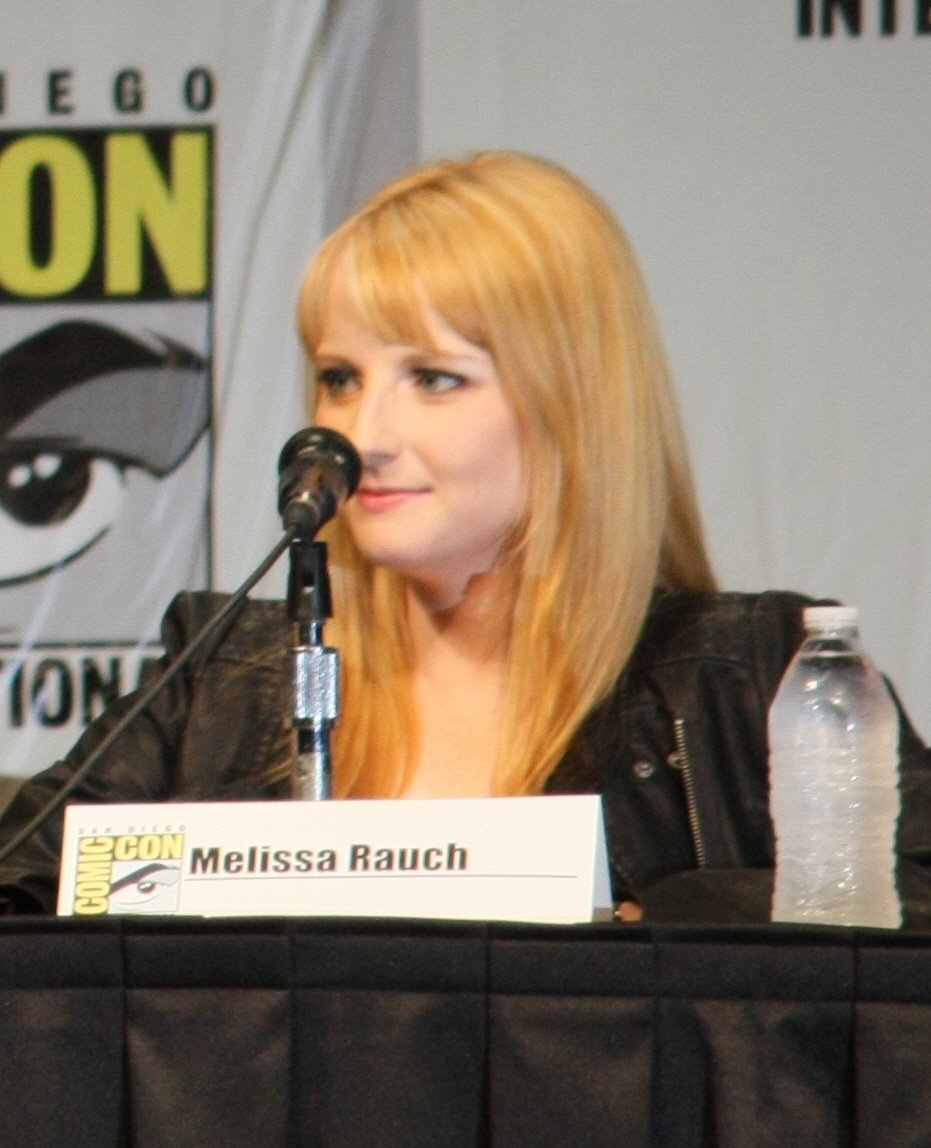
Dr. Bernadette Rostenkowski-Wolowitz brought microbiology to “The Big Bang Theory” while proving that size doesn’t determine strength of personality. Her work in pharmaceutical research showed how scientific discoveries could directly improve people’s lives. Bernadette’s character demonstrated that women could excel in male-dominated STEM fields while also building successful personal relationships. Her high-pitched voice contrasted with her fierce personality, creating memorable comedic moments. The character showed that being a scientist didn’t mean sacrificing femininity or personal goals like marriage and family.
Mac Taylor: The Marine Turned Forensic Scientist
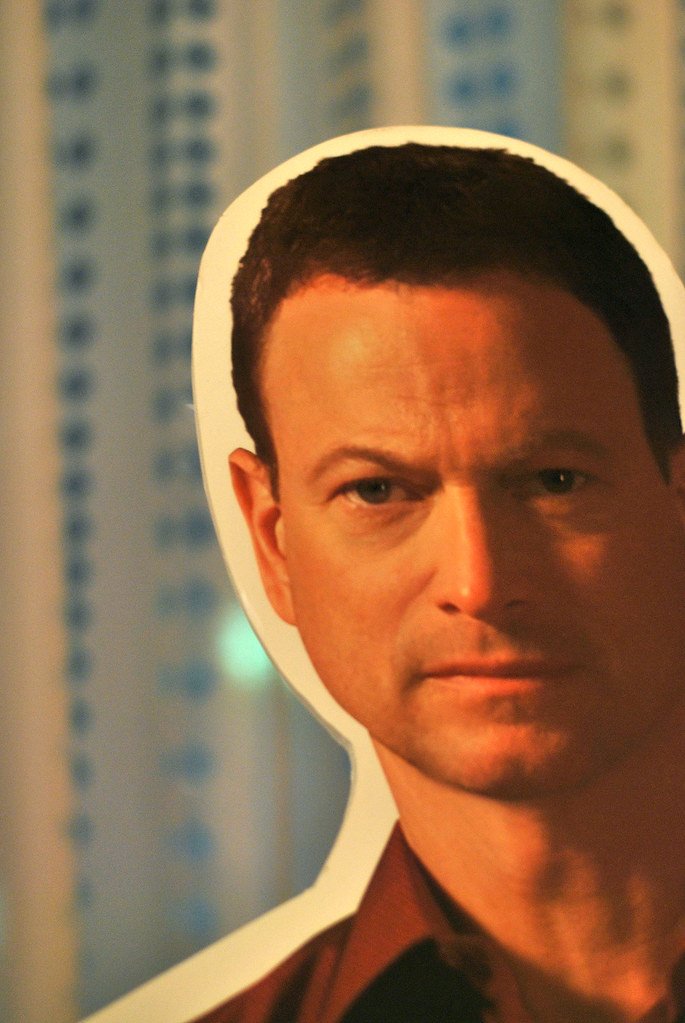
Mac Taylor from “CSI: NY” combined military discipline with scientific rigor, leading a team of forensic investigators through complex criminal cases. His background as a Marine brought a unique perspective to scientific investigation, emphasizing attention to detail and methodical approaches. Mac’s character showed how life experience could enhance scientific work, bringing emotional intelligence to technical analysis. His leadership style demonstrated that scientists could also be effective managers and mentors. The character proved that forensic science required both technical skills and strong character to handle difficult cases involving human tragedy.
Catherine Willows: The Single Mom Who Became a CSI Supervisor
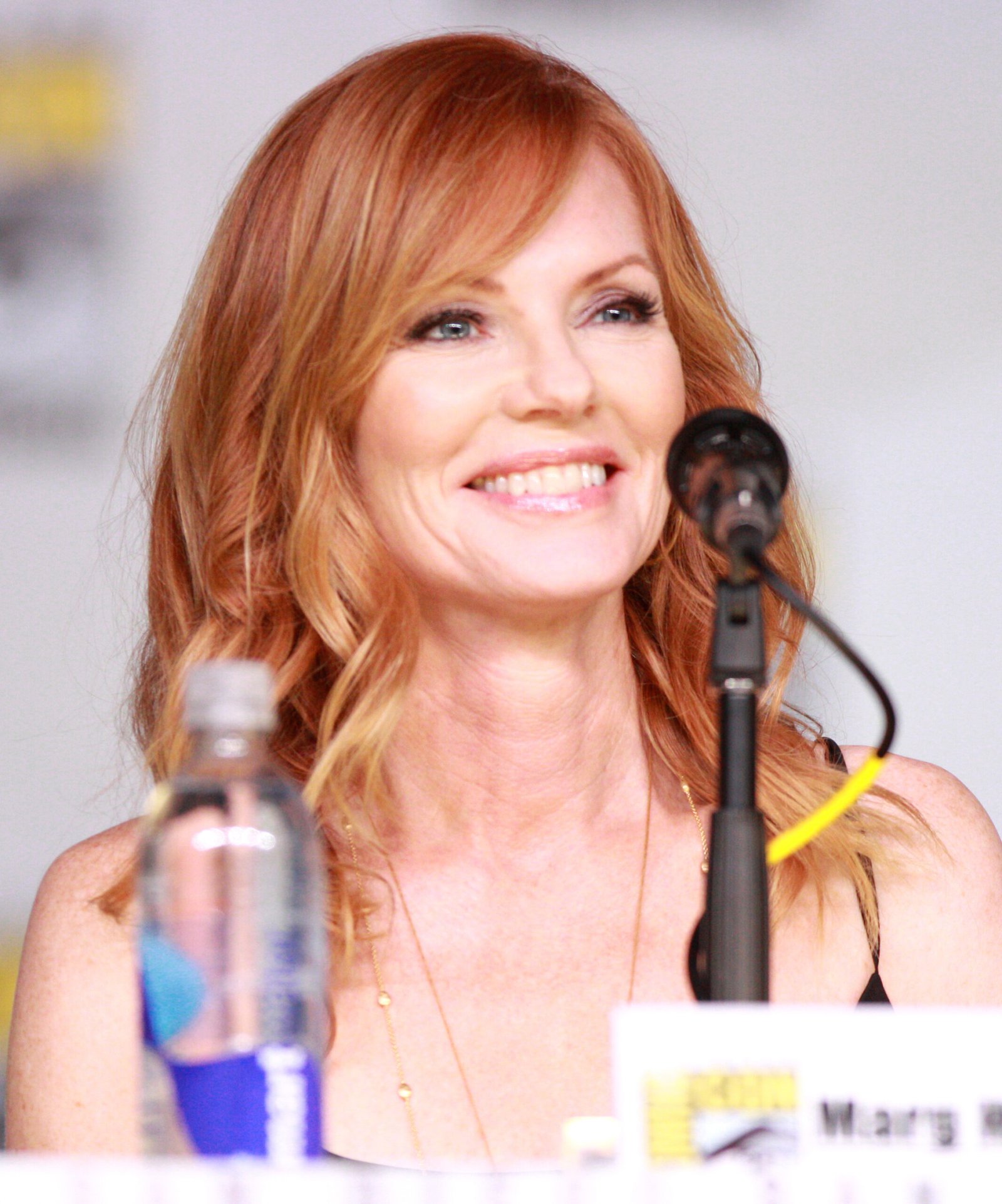
Catherine Willows from the original “CSI” series showed how someone could transition from an unconventional background into a successful scientific career. Her expertise in blood spatter analysis and crime scene reconstruction made her an invaluable team member. Catherine’s character demonstrated that being a single mother didn’t prevent professional success in demanding scientific fields. Her compassionate approach to victims and their families showed the human side of forensic work. The character proved that life experience and emotional intelligence were just as important as technical training in scientific investigation.
Danny Messer: The Lab Tech Who Became a Detective

Danny Messer from “CSI: NY” represented the hands-on laboratory technician who combined street smarts with scientific knowledge. His expertise in ballistics and trace evidence analysis helped solve numerous cases while maintaining his Brooklyn personality. Danny’s character showed that scientists didn’t have to fit a particular mold or come from academic backgrounds. His emotional investment in cases demonstrated how personal connection could enhance rather than compromise scientific objectivity. The character proved that passion for justice could be just as important as passion for science in forensic work.
Calleigh Duquesne: The Ballistics Expert from the South
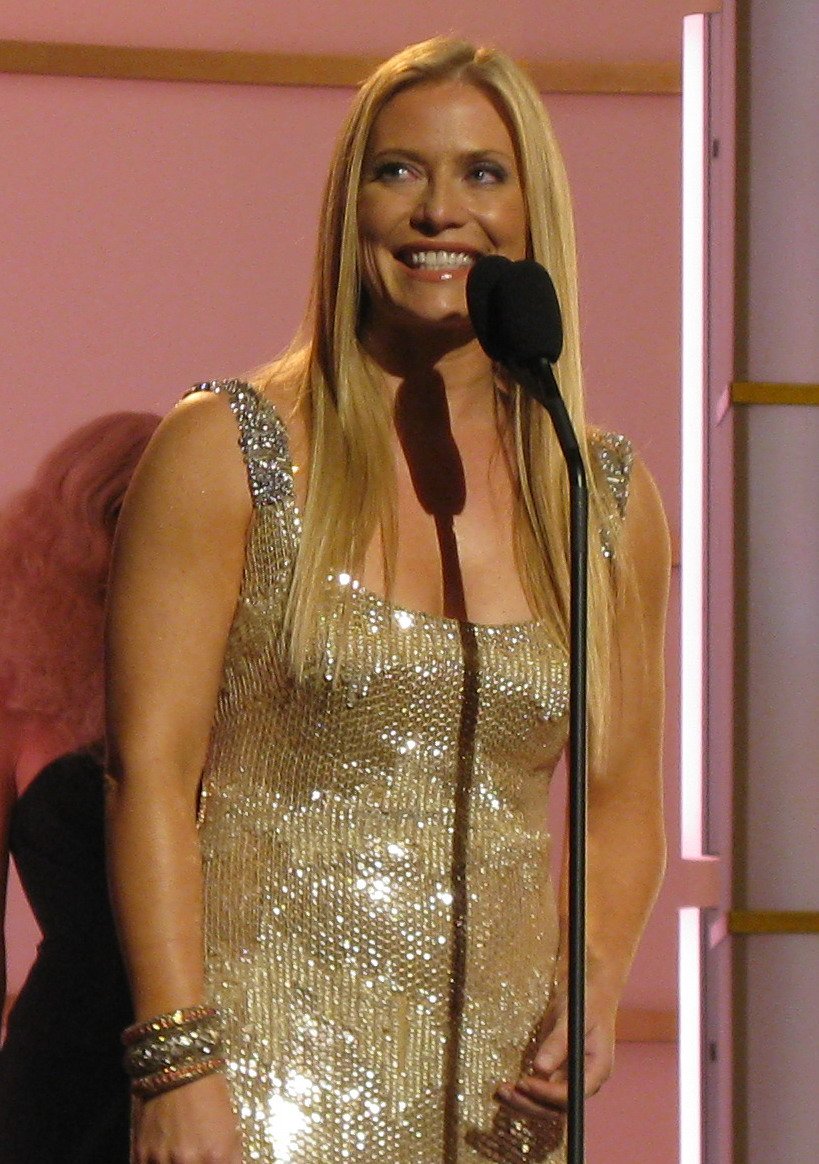
Calleigh Duquesne from “CSI: Miami” brought Southern charm to the world of ballistics analysis, proving that scientists came from all regions and backgrounds. Her expertise with firearms and explosive devices made her indispensable to the Miami crime lab. Calleigh’s character showed that feminine grace and deadly accuracy with weapons could coexist perfectly. Her patient teaching style helped educate both colleagues and viewers about forensic ballistics. The character demonstrated that specialized scientific knowledge could be both fascinating and accessible when explained with genuine enthusiasm.
Penelope Garcia: The Technical Analyst Who Hacked Hearts

Penelope Garcia from “Criminal Minds” represented the computer science side of modern crime fighting, using technology and data analysis to track criminals. Her colorful personality and unique fashion sense showed that tech professionals didn’t have to conform to stereotypical images. Garcia’s character demonstrated how computer skills and data analysis had become essential tools in law enforcement. Her emotional support for the team proved that technical experts could also provide crucial psychological assistance. The character showed that modern science increasingly relied on technology and that computer scientists were just as important as traditional laboratory researchers.
Eric Delko: The Underwater Crime Scene Investigator

Eric Delko from “CSI: Miami” specialized in underwater crime scene investigation, showing how scientific expertise could extend to unique environments. His background in marine biology and diving made him uniquely qualified for water-related cases. Delko’s character demonstrated that scientific specialization could open up fascinating career opportunities that combined multiple interests. His bilingual abilities and cultural background showed the importance of diversity in scientific teams. The character proved that forensic science could take investigators to unexpected places and require specialized skills beyond traditional laboratory work.
The Legacy Lives On

These iconic TV scientists have left an indelible mark on popular culture, making science more accessible and inspiring countless viewers to pursue STEM careers. They’ve shown us that scientists are complex human beings with personal struggles, romantic relationships, and individual personalities that make them relatable rather than intimidating. From Walter White’s dark transformation to Sheldon Cooper’s comedic genius, these characters have demonstrated that science can be the foundation for compelling storytelling. Their influence extends beyond entertainment, having inspired real scientific interest and career choices among viewers who saw themselves reflected in these fictional researchers. What’s your favorite TV scientist, and did they influence your view of what it means to work in science?

Jan loves Wildlife and Animals and is one of the founders of Animals Around The Globe. He holds an MSc in Finance & Economics and is a passionate PADI Open Water Diver. His favorite animals are Mountain Gorillas, Tigers, and Great White Sharks. He lived in South Africa, Germany, the USA, Ireland, Italy, China, and Australia. Before AATG, Jan worked for Google, Axel Springer, BMW and others.




